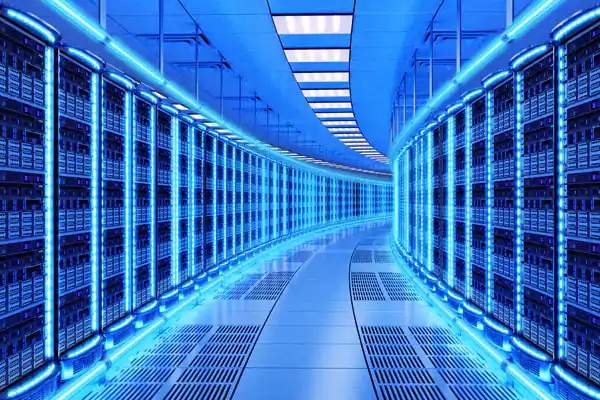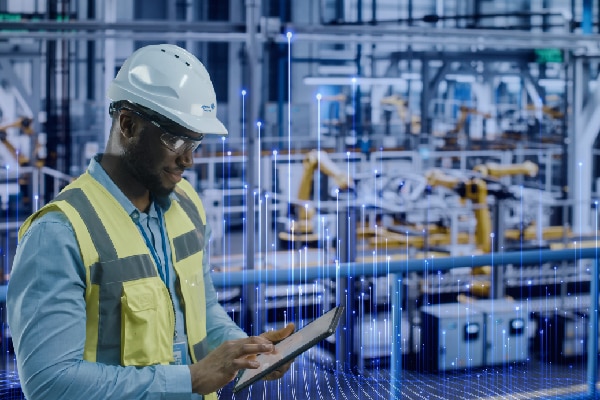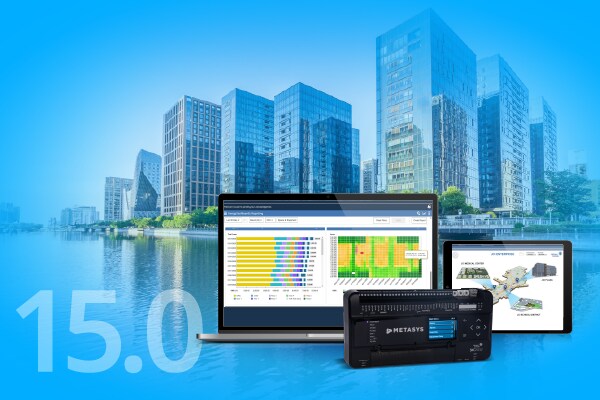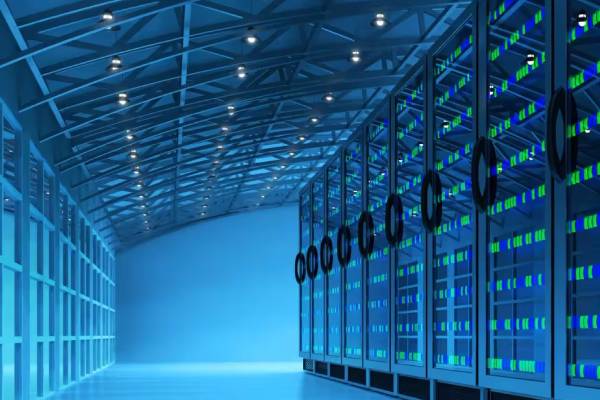- Johnson Controls
- Building Insights
- Clean Air Science and Strategy
Clean Air Science and Strategy
By analyzing a facility's clean air delivery rate, Johnson Controls experts can determine its risk of infection and implement a tailored clean air strategy.
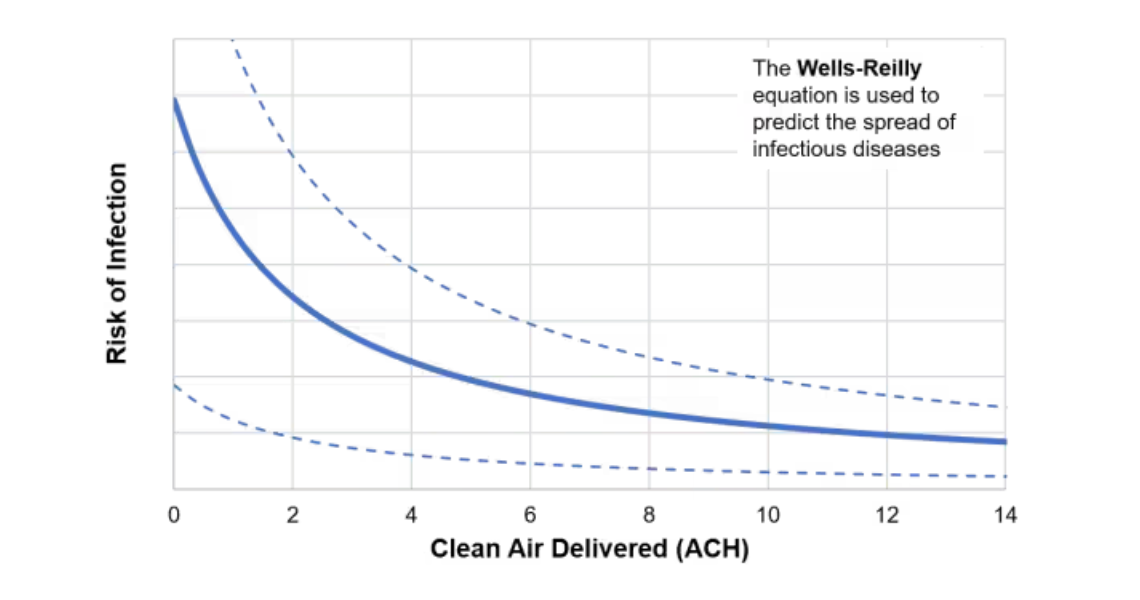
Delivering Peace of Mind Through Building Improvements and Digital Solutions
 By Tyler Smith, General Manager – Specialty Products, Johnson Controls
By Tyler Smith, General Manager – Specialty Products, Johnson Controls
Creating and maintaining a healthy building has always been a priority for facility managers. But what makes a building healthy, and how this is achieved, looks very different today than it did in the first part of 2020. In the wake of the COVID-19 pandemic, prioritizing clean air in indoor spaces is both essential and critical.
Organizations like the American Society of Heating, Refrigerating and Air-Conditioning Engineers (ASHRAE), the Centers for Disease Control and Prevention (CDC) and the World Health Organization (WHO) have provided our industry with the guidance necessary for safe reopening. But as we learn more about this virus, guidelines continue to evolve, making it difficult for building owners to keep up with changing information and hesitant to invest in solutions that could help them. As a result, my team’s greatest responsibility when partnering with customers focused on reopening is helping them understand both the science and the strategy behind clean air.
The science behind healthy, reopening-ready environments
When considering customers’ risk of infection in their facilities, we examine a variety of factors, from the size of the space to the number of susceptible individuals. But the most important variable to monitor is the clean air delivery rate (CADR) into a space. Often measured in air changes per hour, this provides customers with a quantitative measurement of how often a space’s volume of air is replaced, indicating its relative risk of infection.
By understanding the science of clean air, we can create a customized partnership where healthy environments are always the goal.
After performing an assessment, our team of experts provides customers with a CADR target to guide our plan. In taking this measured approach, we pivot from talking solely about products to talking about a tailored set of solutions. By understanding the science of clean air, we can create a customized partnership where healthy environments are always the goal.
Putting clean air strategies to work
Our team is dedicated to the pursuit of clean, healthy air. Through research into the science of infection and global standards, and experience with our customers’ own reopening successes, we have created an actionable, ranked list of recommendations.
1. Ensure your building’s ventilation meets ASHRAE 62.1 standards
These standards provide guidance into the appropriate ventilation rates based on building or space type. Our experts work with our customers to help them understand these standards and how they can safely meet them. And, since additional outdoor air isn’t always possible, we can help our customers find the right target given their geographic location and other external factors.
2. Upgrade air handler or packaged unit filtration with MERV 13 filters
Upgrading filters is often the quickest, most cost-effective option to increase air delivery, making this step especially appealing to organizations just beginning their clean air initiative.
3. Update control sequences to increase supply flow
For our customers, this means adjusting Metasys® building automation systems to deliver more clean air, or switching to Metasys® pre-programmed pandemic building sequences to automate processes like cross-contamination shutdown or thermal flush. We also work with our clients to understand how much additional supply is possible given their mechanical constraints.
4. Add zone-level filtration and/or disinfection
After a certain point, we reach a limit on how much clean air can be provided by an air handler or packaged unit. In this case, providing in-zone filtration and disinfection solutions like ultraviolet-C (UV-C) lighting troffers or portable filtration units allow us to provide an additional source of clean air that can be customized to budget and application.
5. Add AHU disinfection technologies
Air handler or packaged unit disinfection systems, such as UV-C lighting, can effectively deactivate viruses and other contaminants.
Creating a clean air strategy that is sustainable and successful
Every customer’s clean air needs and challenges are different, and our team of experts understands this better than anyone. At Johnson Controls, we have access to the latest technologies, including the full suite of OpenBlue digital tools, as well as tiered services to fit your budget and building needs. Our team will work with stakeholders to assess potential solution options in terms of cost and risk, perform an evaluation of existing facility infrastructure, create a plan and timeline for improvements, perform final installations and maintain ongoing CADR and indoor air quality (IAQ) monitoring. The result is a data-supported clean air plan that reduces risk and provides peace of mind.
To learn more about delivering clean, healthy environments, check out the OpenBlue Clean Air Science and Strategy Webinar recording.

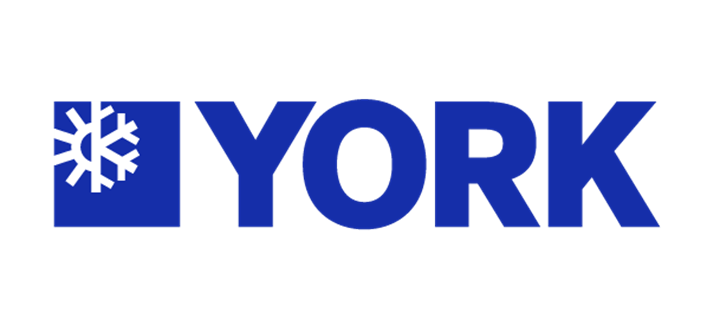

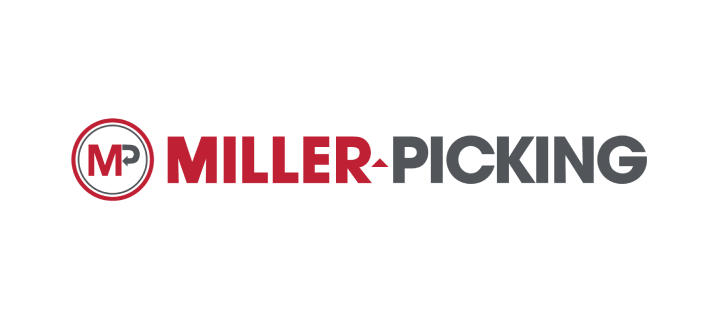

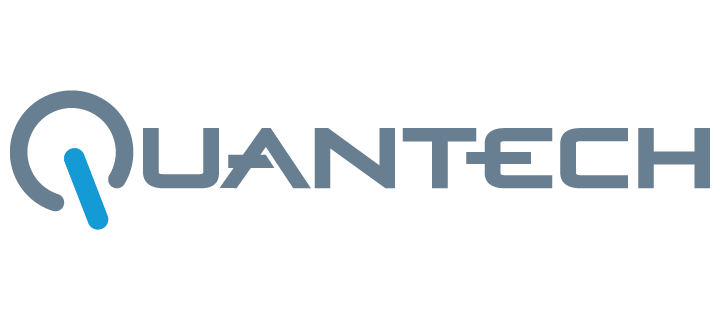
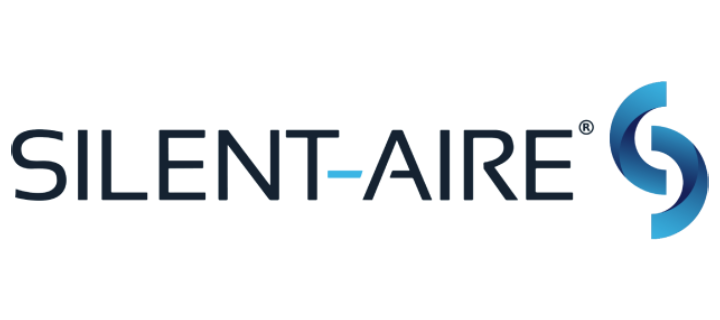
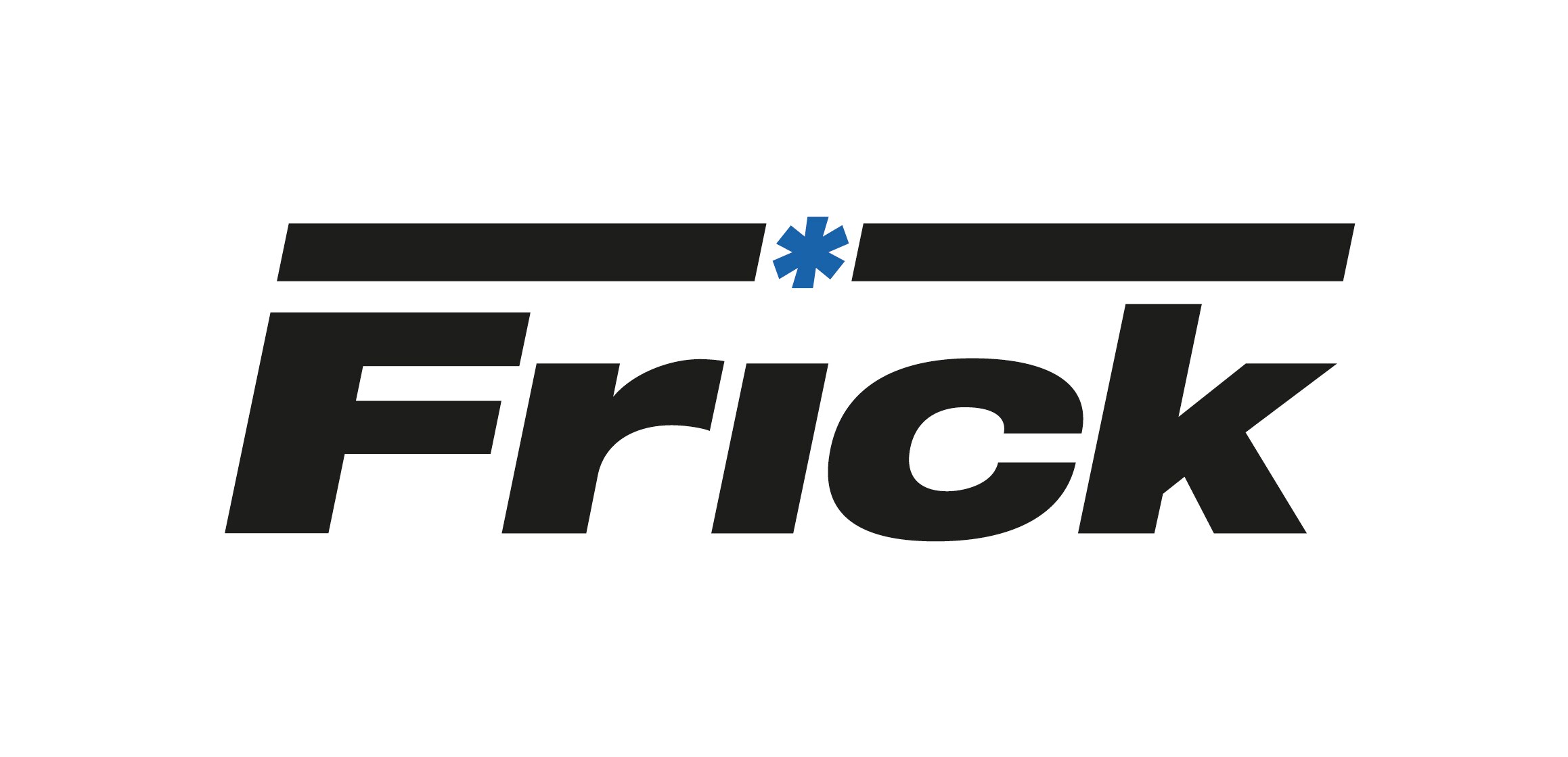
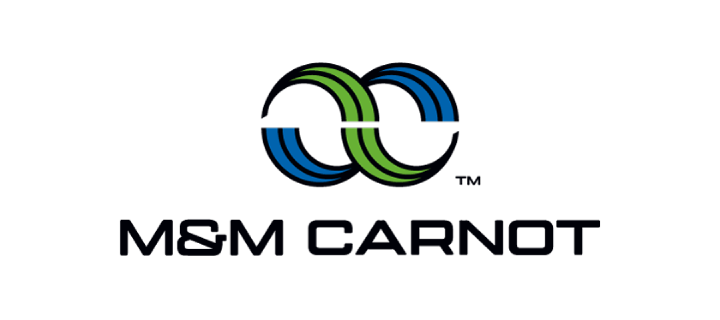
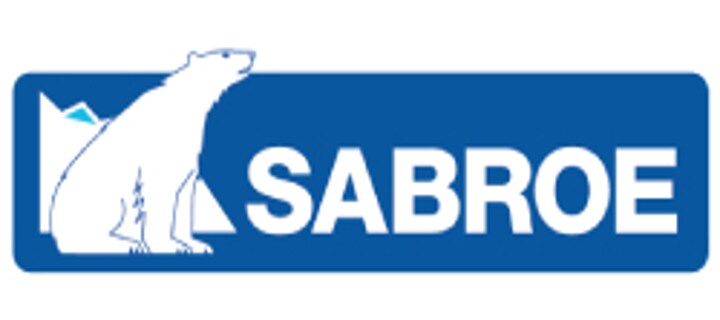
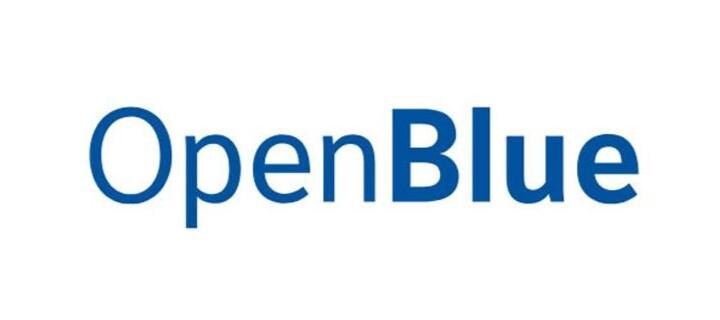
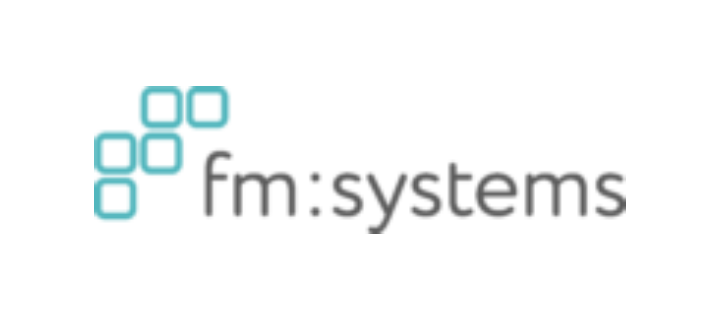

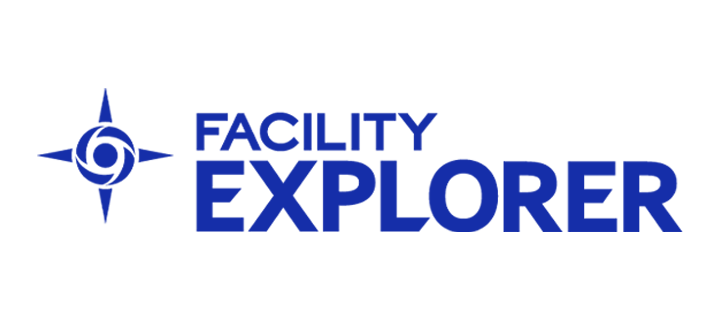
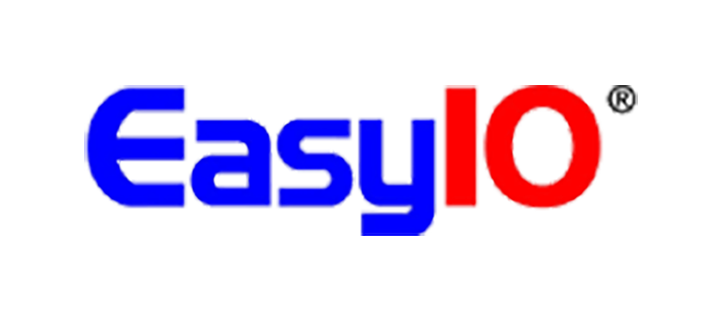
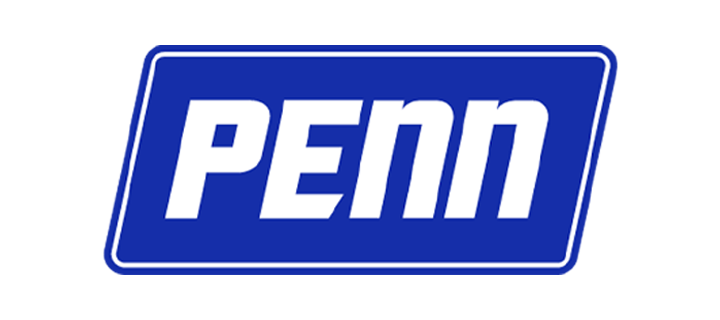

.jpg?la=en&h=320&w=720&hash=244C75B74F0F77521D56164450973BCD)
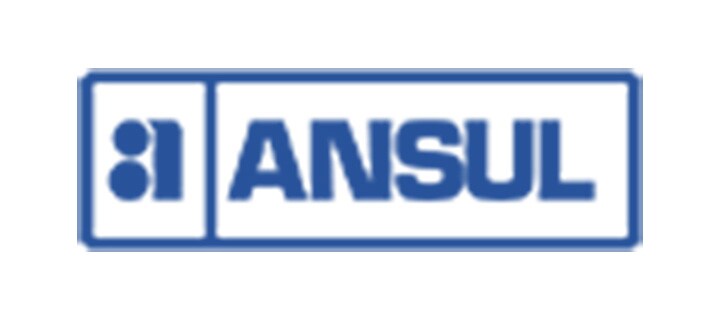
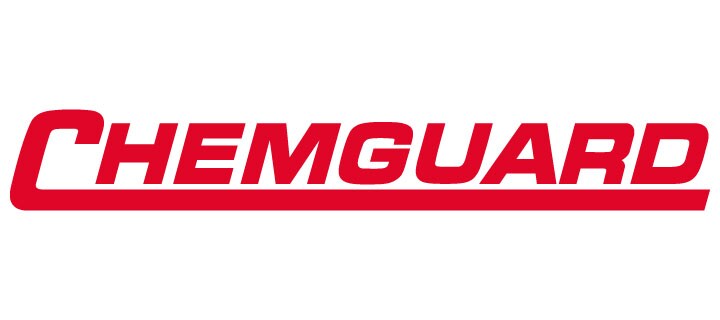
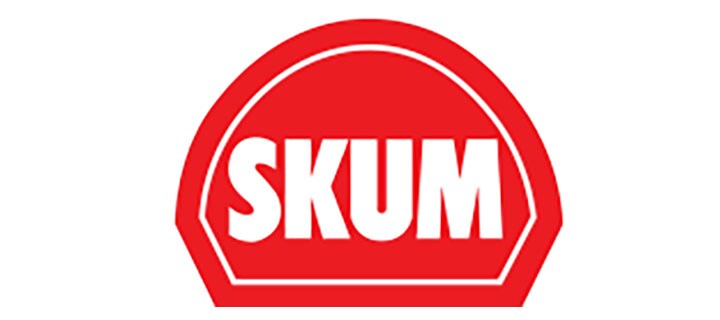

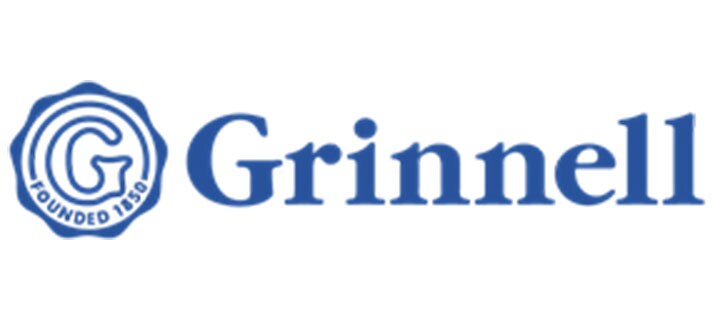
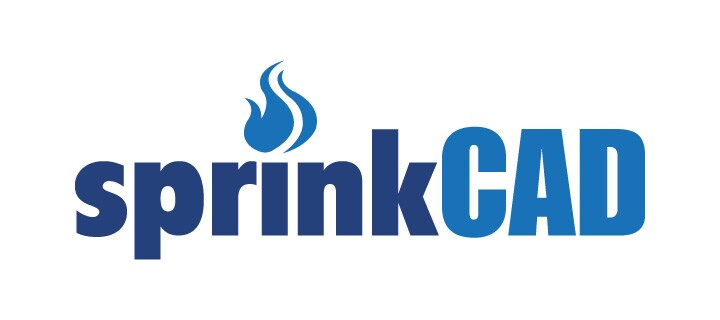
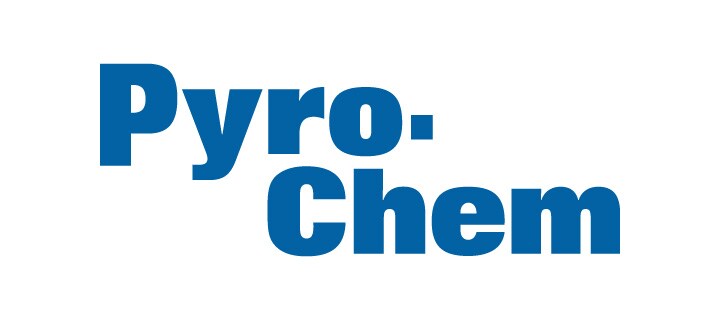
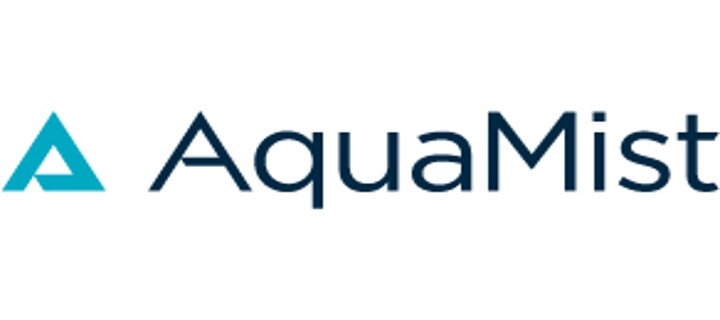



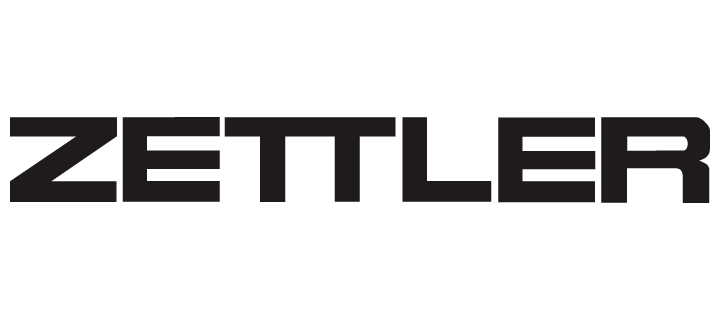


.jpg?la=en&h=310&w=720&hash=8D9823F26AA80B2B75C3E4B2E61770DC)
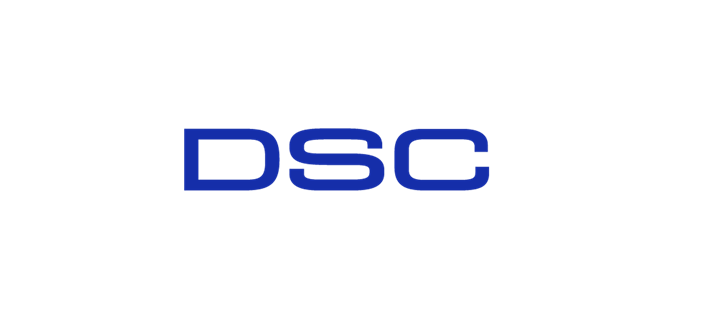
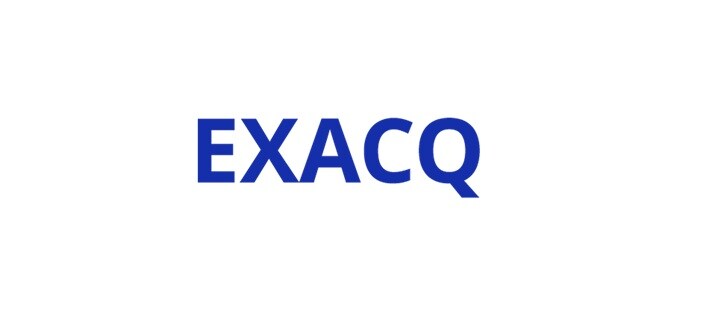
.jpg?la=en&h=320&w=719&hash=13CA7E4AA3E453809B6726B561F2F4DD)
.jpg?la=en&h=306&w=720&hash=F21A7CD3C49EFBF4D41F00691D09AEAC)

.png?la=en&h=320&w=720&hash=18CFCCD916C92D922F600511FABD775D)




